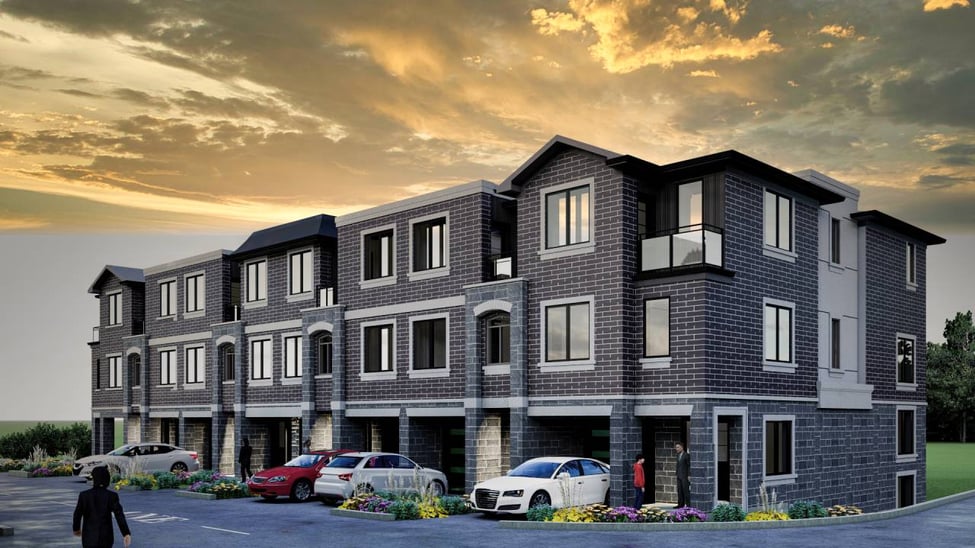The realm of construction is evolving, and at the forefront of this transformation lies the intriguing concept of preconstruction buildings. Imagine peering into the future of architecture and witnessing the birth of structures that defy conventional timelines. In this blog, we delve into the captivating world of preconstruction buildings, exploring what they are, their benefits, and the impact they have on the way we envision and create our built environment.
Defining Preconstruction Buildings:
Preconstruction buildings refer to structures that are meticulously planned, designed, and even partially constructed before the actual building process begins on-site. This innovative approach allows stakeholders to address potential challenges, refine designs, and optimize construction workflows well before the first brick is laid. It's a forward-thinking strategy that brings efficiency and precision to the construction industry.
Benefits of Preconstruction Buildings:
Cost Efficiency:
Preconstruction planning enables a thorough examination of project costs, helping to identify potential savings and prevent budget overruns. With a clearer understanding of the financial landscape, stakeholders can make informed decisions to ensure cost efficiency throughout the entire construction process.
Time Savings:
By addressing design and logistical issues in advance, preconstruction minimizes delays and accelerates the building timeline. This time-saving aspect is particularly advantageous in today's fast-paced world, where getting structures up and running quickly can be crucial.
Risk Mitigation:
Preconstruction allows for a comprehensive risk assessment, identifying potential challenges such as design flaws, material shortages, or regulatory hurdles. This proactive approach empowers project teams to develop strategies to mitigate risks, ensuring a smoother construction process

